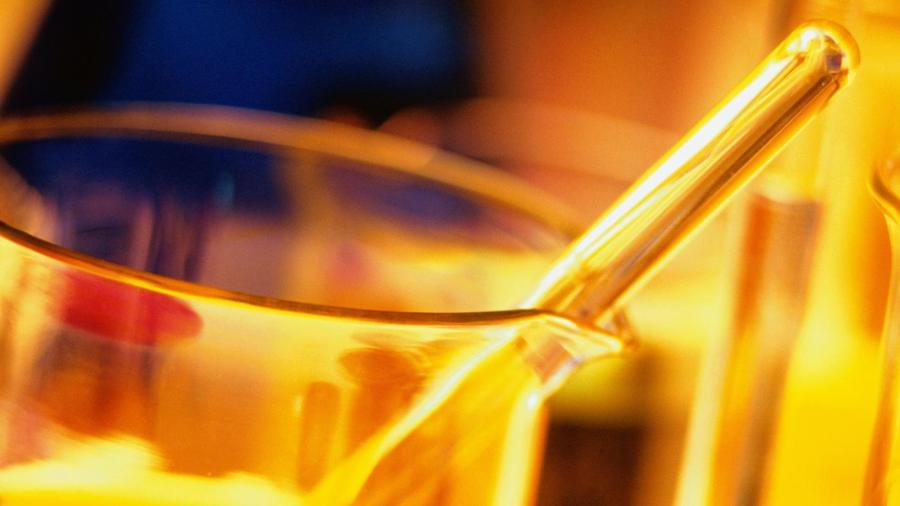What Is the Function of Glass Rod?

A glass stirring rod is a common piece of lab equipment used to mix or stir liquids and chemicals. These rods are thicker than a typical drinking straw, have rounded ends and are made from a special type of laboratory glassware called borosilicate. This glass is less affected by thermal stress and has a very low thermal expansion point, so it is less affected by heat than metals are.
Glass stirring rods are primarily used in science laboratories for chemistry or biology experiments. Stirring rods are important because stirring a solution, which is also known as agitation, causes a reaction to happen faster.
Glass rods are also used to spread liquid substances on a solid surface. It is preferable to a metal rod because glass is not a good conductor of heat and metal is. Metal has free electrons. Therefore, in metals, conduction takes place due to the atomic vibration and the drift of the free electrons. Glass on the other hand, being a non-metal, does not have free electrons. When glass is heated, its atoms absorb the heat energy and vibrate in higher amplitudes, passing heat energy to other molecules. As a result, it is a poor conductor, making it better for working with hot liquids.





